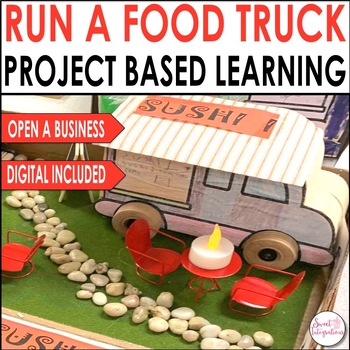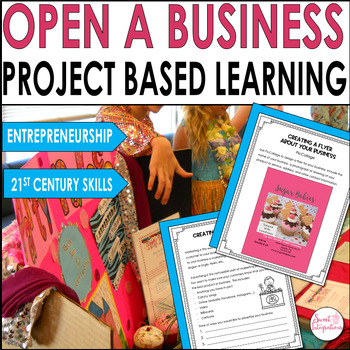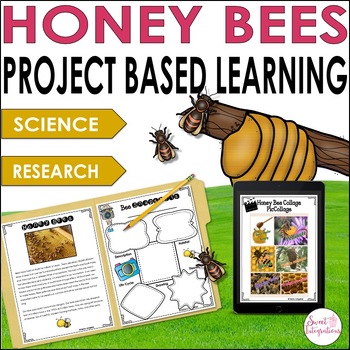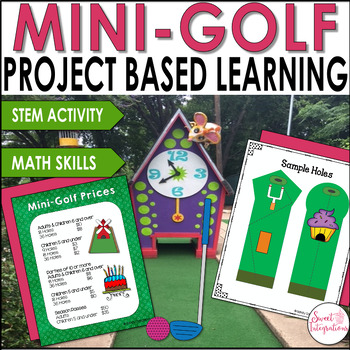Spring is a wonderful time for your students to experience the life cycles of plants and animals. I remember our first grade teachers hatching chicks. We would go into the classrooms early in the morning to see if they had begun to hatch. It was so exciting to watch the students observe the miracle of life. In this post, you will learn different ways to celebrate spring with the life cycles of plants and animals.
Students can actually observe the development of the animal or plant. Teachers can plant gardens or grow plants in cups. Students can observe the life cycle of a butterfly from the cocoon to the adult. There are also wonderful videos you can share with your students.
Schedule field trips to botanical gardens or wildflower centers to learn about plants and animals. Students can learn the importance of our ecosystem and the protection of our butterflies and bees. Bring in experts to talk to students about their fields focusing on conservation and preservation.
For deeper learning, you can develop project based learning units from basic life cycle activities. Students do more research, work in collaborative groups, solve real world problems, and integrate cross-curricular activities.
Try this FREE Color by Code Activity - multiplication of decimals by powers of 10.






























No comments